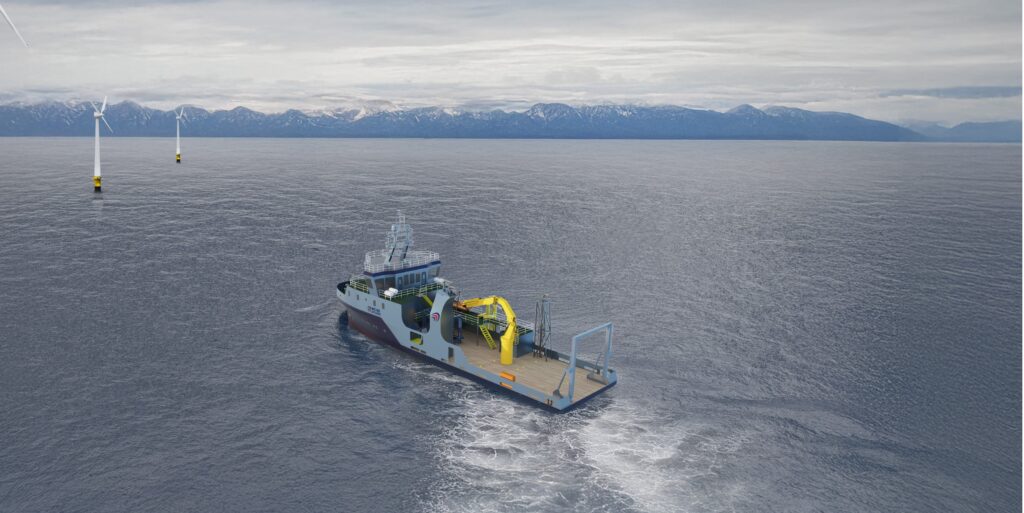Germany’s MPC Capital and O.S. Energy have collaborated to develop a fleet of advanced service vessels for offshore wind farms in the North and Baltic Seas.
The partnership has initiated the construction of the first vessel at the Esbjerg Shipyard in Denmark, with work starting in early November. The project includes options for five additional vessels.
The first vessel is slated for delivery in the first half of 2026, with the total investment in the six Offshore Survey and Service Vessels (OSSV) series amounting to approximately EUR 130 million.
In collaboration with Esbjerg Shipyard and OSK Design, O.S. Energy and MPC Capital crafted a design tailored to meet the future demands of the offshore wind sector, as noted in their press release.
“The demand for service vessels that fulfill the latest technological and environmental standards is expected to rise significantly. Currently, there are no similar vessels on the market, presenting substantial opportunities for us and our investors,” said Constantin Baack, CEO of MPC Capital AG.
The vessels will feature propulsion technology designed for CO2-neutral operations. They will include a “Moon Pool” for subsea inspections and hydrographic surveys, a scalable 400 kWh battery storage system, and a dynamic positioning system compliant with the DP-2 standard.
The joint venture plans a strategic deployment of the fleet, combining long-term charters and multi-year contracts with shorter-term seasonal deployments.
“We have operated a fleet in offshore wind farms for many years. Through continuous collaboration with our clients, we have developed a new generation of emission-free, flexible, and reliable vessels. With MPC Capital as our partner, we gain valuable synergies through their maritime network,” said Vincent Nürnberg, Managing Director of O.S. Energy GmbH.
Follow offshoreWIND.biz on:
“`
Original Story at www.offshorewind.biz
